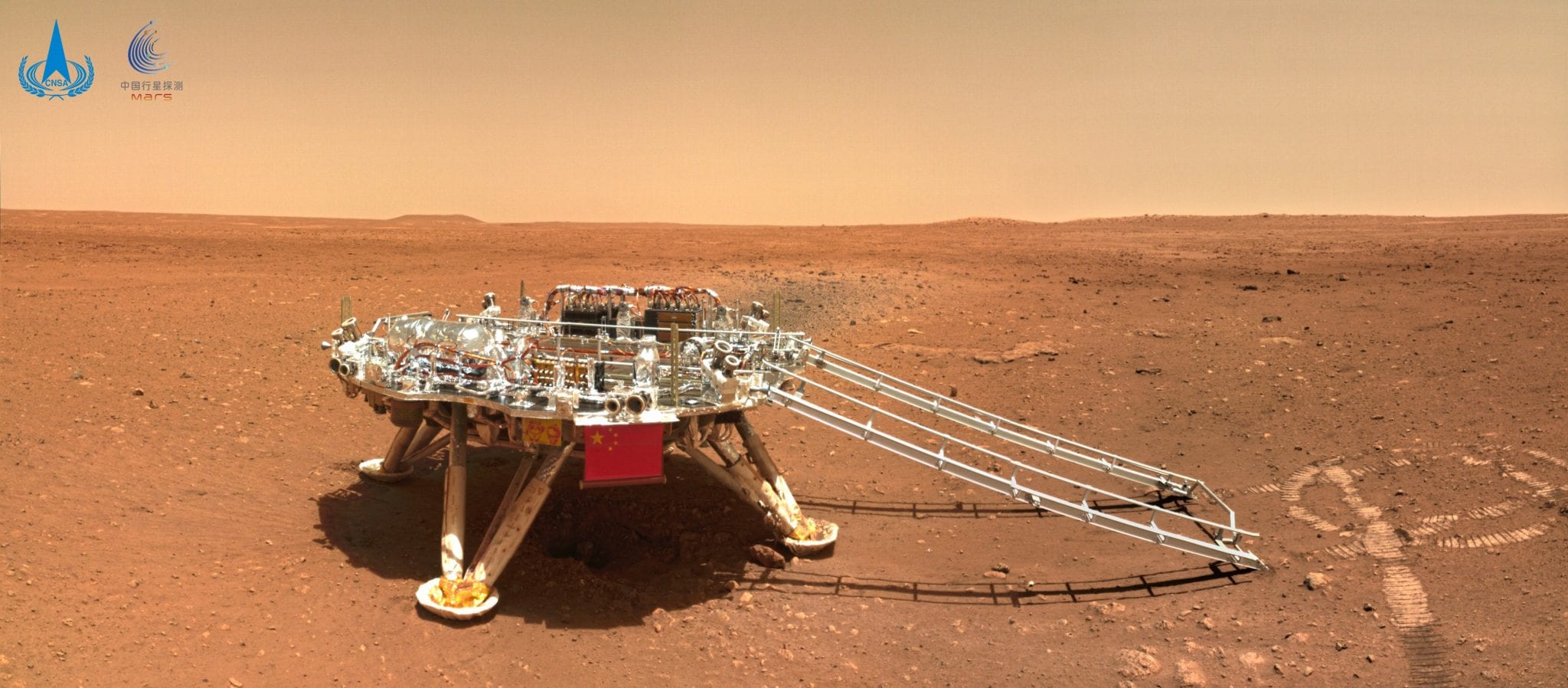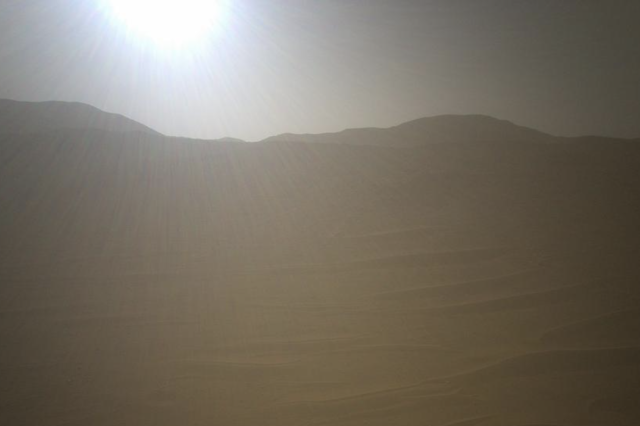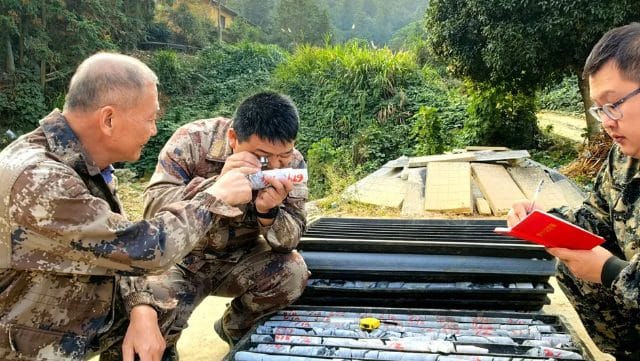Ground penetrating radar from China’s Martian rover shows impact craters and other geologic structures in the top five meters beneath the red planet’s surface.
Ground-penetrating radar from the Chinese Martian rover Zhurong has revealed previously “invisible” shallow impact craters and other structures in the top five meters below the red planet’s surface. The Chinese rover was sent to Mars as part of China’s Tianwen-1 mission. Launched in July 2020, the rover touched down on the surface of Mars on May 15, 2021. The rover was sent to a large plain in the northern hemisphere of Mars, called Utopia Planitia. Zhurong is China’s first rover on another planet and is named after a Chinese mythological future associated with fire and light. The Chinese rover was sent to Mars to study the topography and geology, examine the Martian soil and see how much ice content there is. It is also tasked with surveying minerals and rocks and performing atmospheric sampling.
Surface and subsurface features
The landing site was chosen because it is near suspected ancient Martian coastlines and other interesting Martian features. In 2016, NASA’s Mars Reconnaissance Orbiter radar identified a large mass of subterranean ice in an area near Utopia Planitia. After landing, the Zhurong rover traveled some 1.9 km to the south, taking pictures of rocks, Martian dunes, and impact craters and collecting ground-penetrating radar data along the way. The ground-penetrating radar the rover is equipped with is of particular importance.
Zhurong uses two distinct radar frequencies. The lower one can penetrate up to 80 meters beneath the surface but offers fewer details. The higher frequency one shows more detailed features beneath the surface but can only penetrate the surface approximately 4.5 meters. The data obtained from the ground-penetrating radar will help scientists figure out what the subsurface of Mars is like and may shed light on the geological history of Mars. After analyzing the data gathered by the rover, scientists identified several curved and tilted subterranean structures that they say are likely buried impact craters. They also spotted other titled subterranean features whose origins are still not clear.
Interesting results
The ground penetrating radar did not find traces of water or ice in the upper five meters of the surface. Radar analysis of the deeper structures revealed traces of sediment that were left behind by past flooding events. however, it did not show evidence of present-day water beneath the surface. While the Chinese rover did not find traces of water in its survey, it does not mean that there isn’t water there. Mars could be hiding water in regions much deeper than the 80 meters Zhurong’s ground penetrating rover can see. Researchers compared the data gathered by the rover with one previously obtained by ground penetrating radar on the lunar surface. The comparison shows a clear difference in the subsurface structures. The Martian shallow surface is home to several distinct features that are clearly visible in the first 10 meters of the radar images, while the first upper 10 meters of the Moon’s surface show thin layers but no evidence of structures. The researchers note that walls of impact craters are seen deeper on the Moon, buried under the 10-meter-thick layer of fine debris.
Have something to add? Visit Curiosmos on Facebook. Join the discussion in our mobile Telegram group. Also, follow us on Google News





